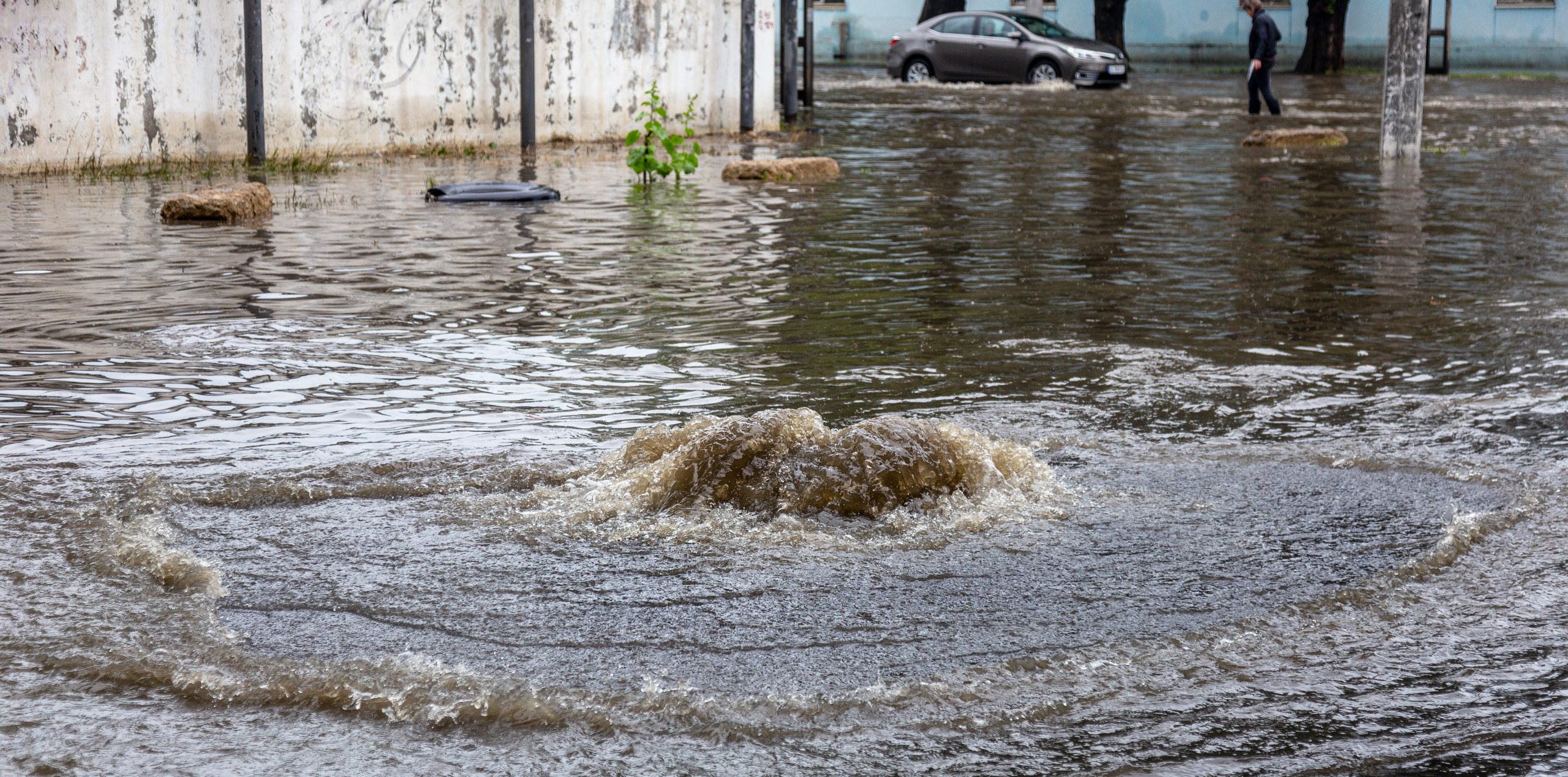Communities being left out of infrastructure improvements
Limited federal, state, and local funds for building centralized or decentralized sanitation systems are not fairly distributed across socio-economic groups. Low-income, Native American, Black, and Latinx communities across America are most impacted by poor sanitation options. These families often resort to practices such as straight-piping (e.g. using ditches or pipes) to take human waste away from the residence which poses significant health risks for families.
WHO?
1.4 million people in the United States and another 250,000 people in Puerto Rico lack complete drinking water and wastewater systems. Meaning they do not have running water with a tap, shower or bath, and a toilet that is connected to a functioning treatment system. Alaska, North and South Dakota, Maine, California’s Central Valley, the Navajo Nation, the Texas colonias, the rural South including Appalachia, and Puerto Rico are all prominent regions lacking proper sanitation in the United States. African-American and Latinx households are nearly twice as likely, and Native American households almost 19 times as likely, to lack complete drinking water and sanitation systems compared to white households in these locations. This data is detailed in a report by the US Water Alliance and Dig Deep.
HOW?
These households do not have safe drinking water and toilet systems. They bring in potable water from the outside or use facilities in other locations. They are exposed to raw sewage. These communities often resort to unsafe practices such as straight-piping (e.g. using ditches or pipes) to take human waste away from the home posing significant health risks. People living in these situations suffer from health impacts related to poor sanitation such as disproportionately high levels of hookworm among schoolchildren.
WHY?
Widespread decrease in funding on all levels (e.g. local, state, federal) with a shift from federal to local funding, resulted in a lack of support to build adequate sanitation options. Some areas could have been connected to centralized infrastructure, but they were historically and disproportionately excluded from these systems due to their racial or income status. Other areas need decentralized infrastructure (e.g. septic systems) due to geographical constraints. These systems are unaffordable and there is a lack of support to help pay for the cost. Further, disenfranchised populations are excluded from participation in decision-making around these systems.
Subscribe to our newsletter!

